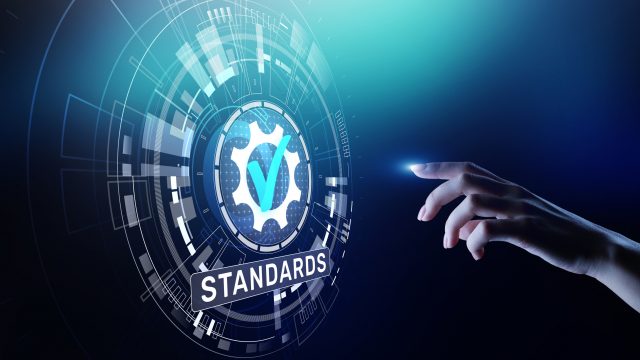When designing a product to be used in the security market, it can be argued that interoperability is the key to success — especially as manufacturers continue to innovate within a niche market for a unique set of customers. As such, the rise in standards that help guide this process allows organizations to deliver the kind of technology that ensures scalability, flexibility and ease-of-use.
The standards set forth specifically by ONVIF help reduce cost, standardize device detection and streamline engineering. But the benefits don’t stop there. There are numerous additional advantages for companies that leverage physical security standards, including:
Bringing integration to the forefront. The biggest — and arguably most important — way that standards are changing the market is through facilitating the integration of various technology pieces that conglomerate numerous data points and present them to security leaders seamlessly. For example, cameras that conform to ONVIF Profile S specifications can work efficiently with video management systems (VMS) in an effort to help users fully realize the potential of the technology’s feature set.
Providing an even playing field. Walk the outskirts of a large-scale security trade show and you will find any number of smaller manufacturers offering cutting-edge products that may be more niche in the market. While offering a robust feature set, these products may often be dwarfed by brands with more recognition. In a crowded market, it’s important to stand out, but not by refusing to play nice. The implementation of standards can help level the playing field when it comes to introducing technology to a broader audience by allowing customers the flexibility to choose which solutions deliver the most value to their organizations and can fit within the framework of an already established security plan.
Opening up cost savings and options for end users. The benefit of interoperability comes into play when organizations look to upgrade or update systems. Conforming to well-known and utilized standards can allow for significant cost savings now and into the future as decision-makers look for other systems that work well with existing infrastructure. Not only does this allow greater choice — and potentially more functionality — it drives down the total cost of ownership over the lifetime of a system.
Allowing smaller manufacturers to deliver innovative solutions to end users, the interoperability of systems and significant cost savings for end users all factor into the positive results of implementing standards across the physical security industry. While we’re seeing this come into play primarily through video and access control, there’s a case to be made for their use in cybersecurity, fire and intrusion, video analytics and AI, and more. The possibilities are endless, and as ONVIF members, we’re poised to be at the forefront of these developments.

Author Bio:
Jon Marsh serves as Vice President Product for ONVU Technologies with responsibility for all group products. The product team as a consolidated group create and drive the product roadmap and develop the existing portfolio for all of the ONVU Technologies subsidiaries including Oncam and ONVU Learning. Jon has more than 17 years of technology development knowledge and experience, having started out in engineering, working on instrumentation and systems on Nuclear Power Stations and from there moved into TV and film production IT, technology and post-production. He began creating products and businesses including online video and media management, SAS and mobile software development, hardware and software product consulting and most recently advanced camera and video analytics technology.






